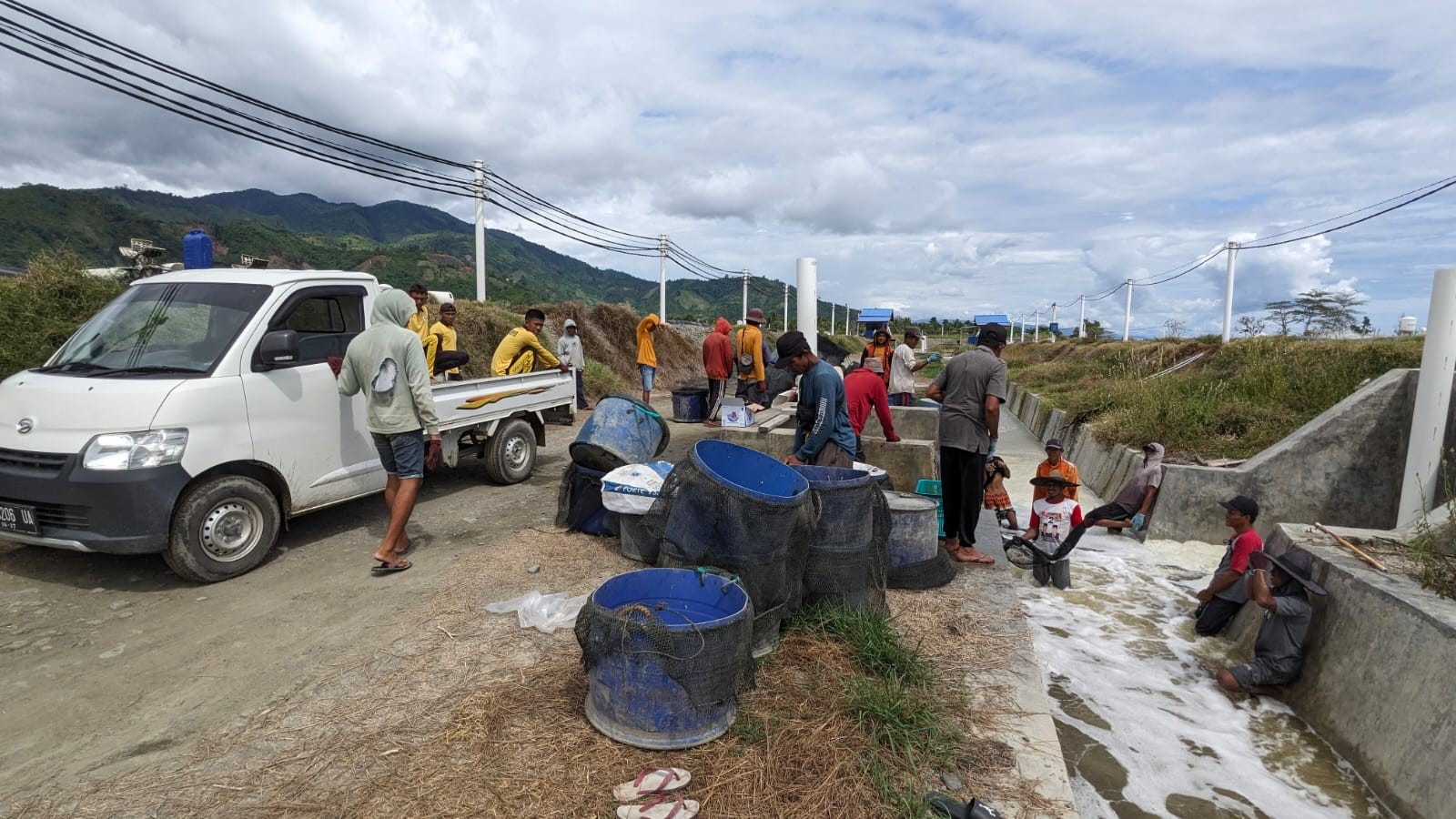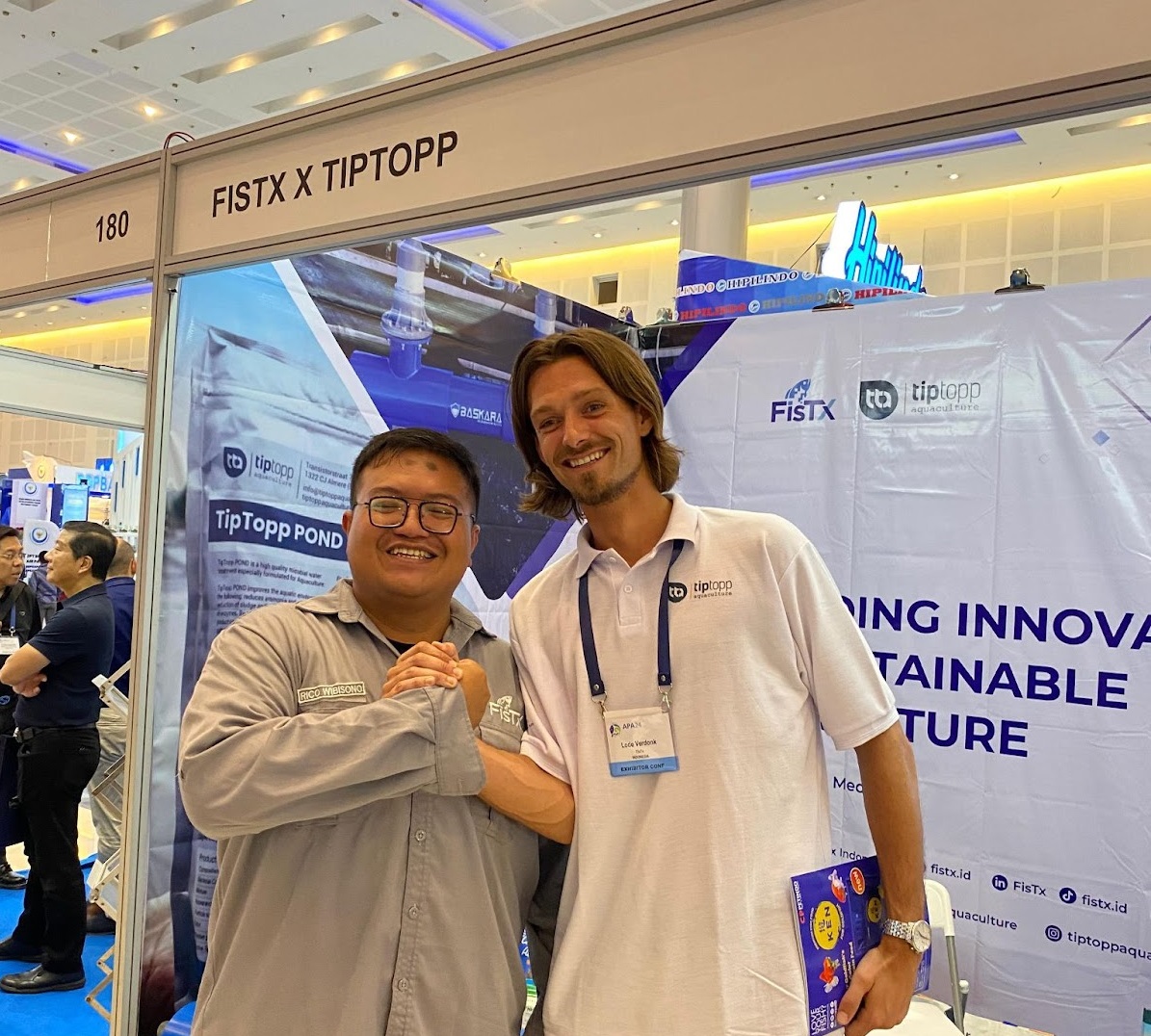
4 Steps to Success in Maximizing Shrimp Cultivation Yields in the Transition Season
The transition season, or the transition period between the dry season and the rainy season, presents serious challenges for shrimp farming. Extreme weather fluctuations during this period can cause drastic changes in temperature, oxygen levels and pond water salinity.
This condition can trigger stress in shrimp and reduce their immune system, thereby increasing shrimp's susceptibility to disease, considering that shrimp are very sensitive to environmental changes. This is what ultimately causes a decrease in productivity
In an effort to optimize production during the transition season, this article will discuss successful steps that can not only help maintain shrimp health but can also maximize shrimp farmers' harvest during this challenging season. Here are 4 successful steps to optimize shrimp production in the transition season:
1. Effective pond water management
Pond water management is the main factor in the success of shrimp cultivation, especially in the transition season. The first step in this management is to ensure that pond water quality remains stable by monitoring main parameters such as temperature, pH, dissolved oxygen (DO) and salinity periodically.
Changes in these parameters can have a negative impact on shrimp health and will certainly also affect shrimp production. For example, low DO levels (below 4 ppm) can cause stress and death in shrimp, while drastic changes in salinity due to heavy rains can affect the shrimp's ability to survive.
Therefore, monitoring must always be carried out regularly, both with IoT devices and water test kit which can quickly provide results on the quality of your pond water in minutes.
The second step in managing pond water is to keep the pond clean from organic waste, such as leftover feed and shrimp droppings. This waste can result in a buildup of organic material at the bottom of the pond which risks increasing the concentration of ammonia and nitrite, two compounds that are toxic to shrimp.
In addition, changing the water regularly by adding new water from a clean source is another way to maintain pond water quality, especially when sudden weather changes occur. Not only that, if you use a RAS system in your pond, use technology such as biofiltration, UV technology, electrolysis in pond water circulation will be very helpful.
Pond water management also involves controlling plankton and algae populations. During the changing seasons, changes in temperature and sunlight can trigger plankton population explosions, which can cause oxygen fluctuations and increase water toxicity if not managed properly.
To prevent this, aerators and filtration systems need to be operated optimally, while the use of probiotics can help control potentially harmful algae populations. With consistent and proactive water management, the risk of shrimp mortality can be minimized, and ponds can operate more efficiently and sustainably.
2. Efficient Feed Management
Efficient feed management is the key to increasing shrimp farming productivity, especially in the transition season. One important step in feed management is adjusting the feeding to the shrimp's needs and the shrimp's growth phase.
For example, young shrimp require higher protein than adult shrimp, which can be provided through a different feed formula or when the water temperature increases, the shrimp's metabolism also increases, so nutritional requirements increase.
However, if excessive amounts of feed are given, the remaining feed will pollute pond water, affect water quality, and trigger the growth of pathogenic bacteria. Therefore, feeding should be done in stages by observing the shrimp's diet, and using the FCR (Feed Conversion Ratio) table as a guide.
Efficient feed management also includes regular monitoring of the shrimp's response to feed. If appetite decreases due to environmental stress, feeding should be reduced to avoid excessive waste.
With this holistic approach, feed efficiency not only increases profits but also maintains the sustainability of cultivation.
3. Disease Prevention with Biosecurity
Biosecurity is a set of preventive measures aimed at protecting the farm from threats disease. In shrimp farming, biosecurity becomes very important because diseases such as White Spot Syndrome Virus (WSSV) or Early Mortality Syndrome (EMS) can cause major losses.
Disease prevention through biosecurity begins by limiting access to ponds, both from humans, animals, and tools that have the potential to carry pathogens. Everyone who enters the pond area should go through the disinfection process, such as washing their feet and hands with an antiseptic solution.
The next step is to ensure that the water entering the pond is clean of biological contaminants. Water must be filtered and treated before use to prevent the entry of pathogenic organisms or pest eggs.
Apart from that, farmers can use probiotics to create a favorable microbial balance in the pond. Probiotics This helps reduce pathogenic bacterial populations and supports shrimp health through improved water quality and digestive health.
Disease prevention also includes good pond environmental management. Managing organic waste such as leftover feed and shrimp droppings is very important because this organic material can be a source of disease if it accumulates and pollutes the water.
In addition, a regular shrimp health monitoring program is needed to detect early signs of infection. By combining these biosecurity measures, the risk of disease outbreaks in ponds can be minimized, so that the productivity and sustainability of shrimp farming is maintained.
4. Stocking Density Adjustment
Adjusting stocking density is an important strategy in shrimp farming to optimize shrimp growth and health, especially in the transition season.
Too high a density can lead to competition for resources such as oxygen, food, and living space, which can increase stress and the risk of disease. On the other hand, a density that is too low can cause the pond to not reach maximum productivity.
The general recommendation for intensive ponds is 150–160 fish/m², because at this level, shrimp show optimal growth with a lower risk of stress. These adjustments also help maintain water quality, reduce organic waste accumulation, and increase feeding efficiency. This practice must be carried out adaptively, based on environmental conditions and pond parameters during the cultivation cycle.
Here are 4 steps you need to pay attention to in order to maximize the results of shrimp cultivation. Steps such as ensuring water quality remains stable, managing feed in the shrimp cultivation process, additions such as adjusting stocking density, and biosecurity help prevent disease attacks during shrimp cultivation during the transition season.
With a planned and holistic approach, farmers can overcome transition risks, maximize production results, and maintain environmental balance around the pond. These strategies allow shrimp farming to remain efficient and sustainable even in challenging weather conditions.
Read More Articles

What is the Optimal Bacterial Density as Vannamei Shrimp Probiotics?
23 January 2024

FisTx, Indonesian aquaculture startup, showcases its partnership with TipTopp Aquaculture at the Asia Pacific Aquaculture 2024.
23 August 2024

Webinar OMBAK #3: Sharing Effective Strategies to Prevent Shrimp Disease Outbreaks
01 November 2024